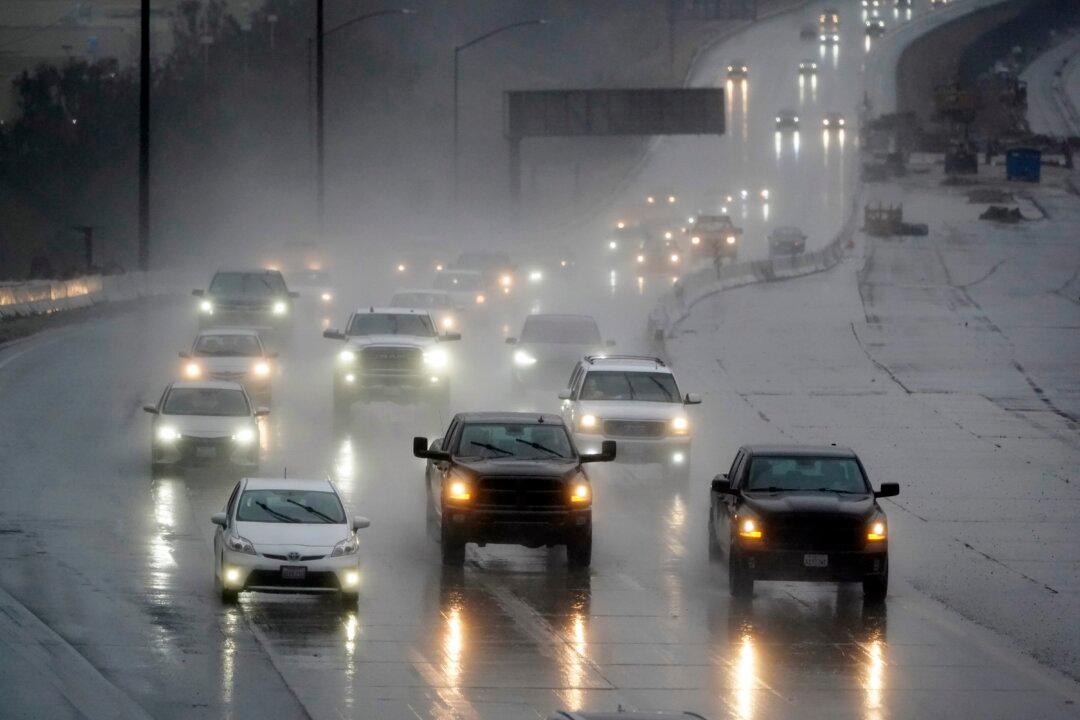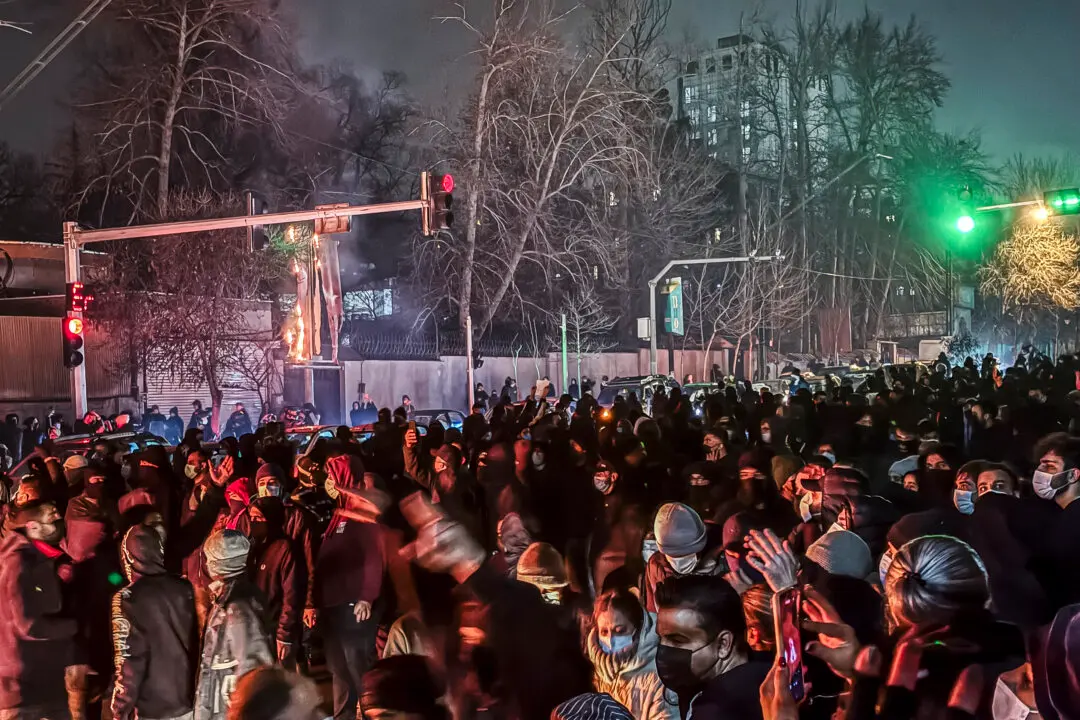California could see large amounts of rainfall during the weekend that could result in floods and threaten the safety of people as well as potentially cause widespread damage to infrastructure.
On Friday, over 2,400 miles from California to Hawaii are expected to come under the impact of an atmospheric river, said weather forecasting service AccuWeather. An atmospheric river is a plume of moisture that can bring heavy rain and snowfall. “During storms that pack atmospheric rivers, there is potential for a foot or more of rain to be released,” according to the service.





